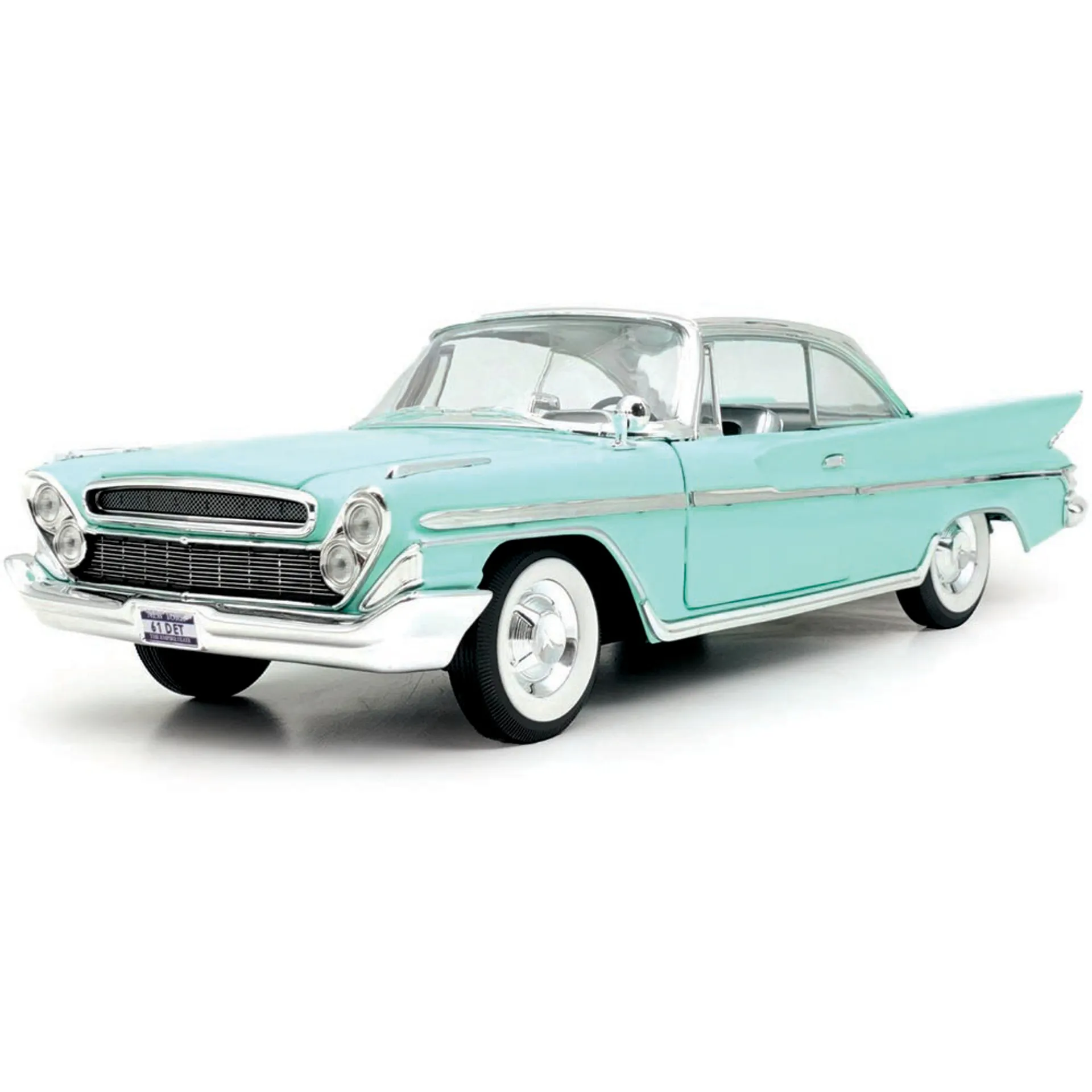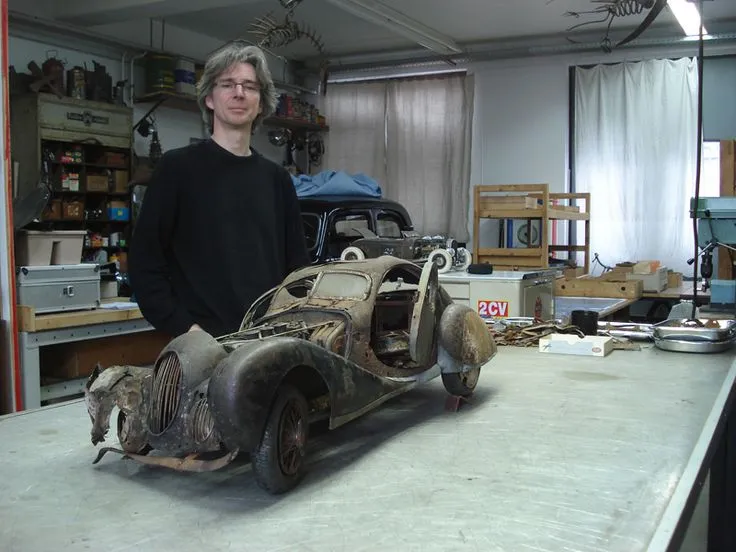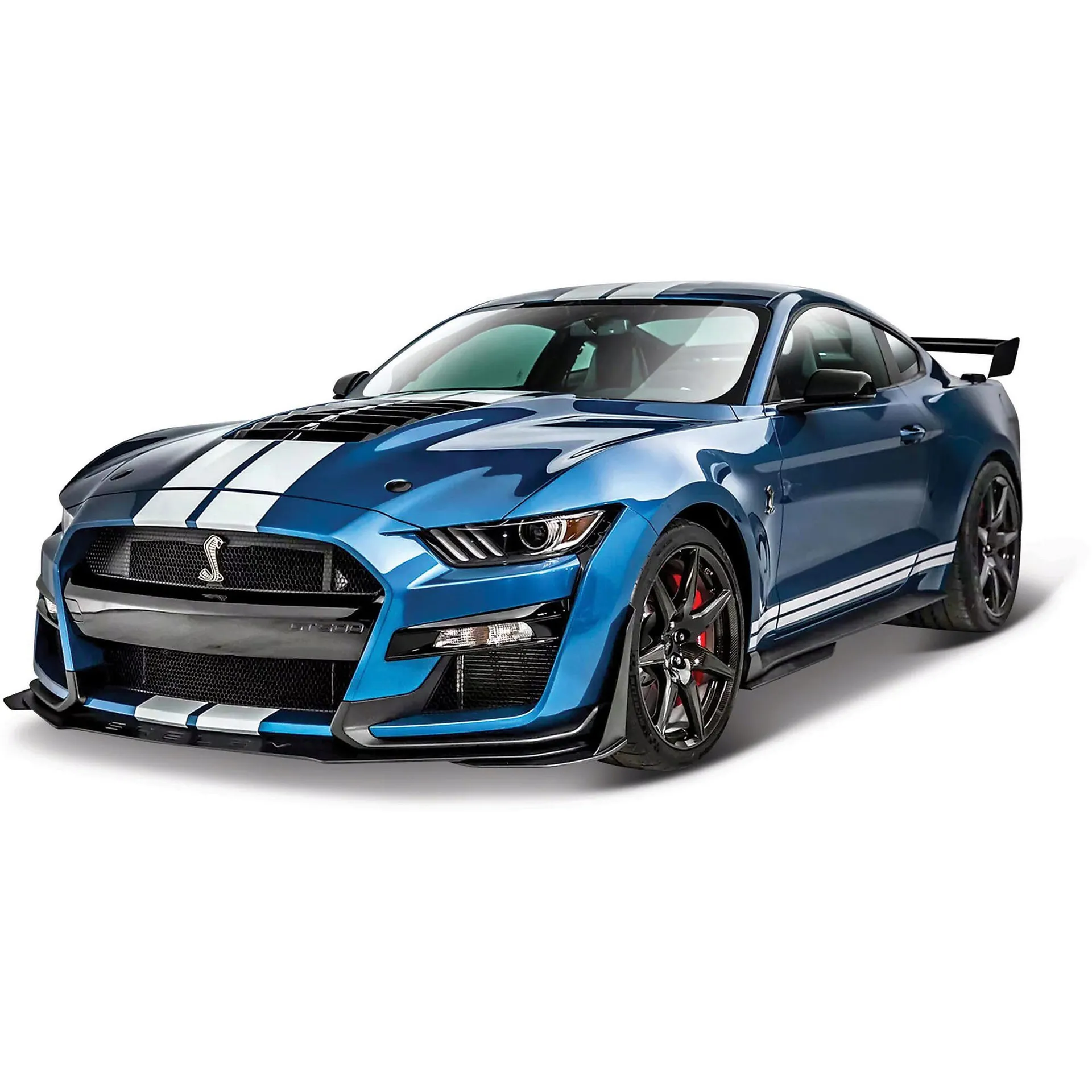What are Diecast Models?
Diecast models are miniature replicas of vehicles, typically automobiles, crafted using a die-casting process. This involves injecting molten metal, usually zinc alloys, into molds to create highly detailed and accurate representations of the original cars. These models are not just toys they are collectibles, with some pieces becoming incredibly valuable over time. Diecast models come in various scales, with the most popular being 1:18, 1:24, and 1:43, each offering a different balance between detail and size. The level of detail can vary significantly, from basic models to those with intricate interiors, working features like opening doors and steerable wheels, and highly realistic paint finishes. These models appeal to a wide audience, including car enthusiasts, collectors, and those who simply appreciate the artistry and craftsmanship involved in creating these miniature marvels. The popularity of diecast models has surged, with collectors seeking rare editions and models that hold historical significance or represent iconic vehicles, from classic sports cars to modern supercars, making them a fascinating blend of hobby and investment.
Materials Used in Diecast Models
The materials used in the creation of diecast models are crucial to their quality, durability, and appearance. The primary material, as the name suggests, is die-cast metal, typically a zinc alloy. This alloy is selected for its ability to capture fine details and its strength. However, other materials are essential components. Plastic is used extensively for interior details, such as dashboards, seats, and trim, as it allows for intricate designs and varied colors. Rubber is employed for tires, offering a realistic look and feel, as well as providing grip. Clear plastic is used for windows and lights, adding realism and clarity. Paint and decals are applied to the metal body, enhancing the appearance and replicating the original car’s colors, logos, and details. These paints are often applied in multiple layers to ensure a durable and visually appealing finish. The combination of these materials enables manufacturers to create models that are not only visually striking but also robust enough to withstand handling and, in some cases, light play, contributing to their longevity and collectibility.
Scale and Proportion in Diecast Models

Scale and proportion are fundamental aspects of diecast models, significantly impacting their realism and appeal. The scale refers to the ratio between the model’s size and the actual car’s size. Common scales include 1:18, 1:24, and 1:43, with 1:18 models being larger and more detailed, while 1:43 models are smaller and more suited for collecting in large numbers. The choice of scale influences the level of detail that can be incorporated. Larger scales allow for more intricate features, such as detailed engine compartments, realistic interiors, and functional parts. Proportion is equally critical; it’s the accurate representation of the car’s dimensions and shape. Ensuring that all elements of the model are proportionally correct is essential for creating a realistic miniature replica. Skilled model makers pay close attention to every aspect, from the overall body shape to the placement of details like mirrors, door handles, and badges. Accurate proportions and a well-chosen scale are key factors that determine the visual impact and the collectability of a diecast model, making them highly valued by enthusiasts who appreciate precision and authenticity.
Factors That Influence the Value of Diecast Models
The value of diecast models is determined by a complex interplay of factors that can make some models highly sought after and valuable. Rarity is a significant driver, with limited-edition models or those produced in small quantities often commanding premium prices. The manufacturer also plays a critical role, as models from renowned brands known for quality and detail, such as AUTOart, Minichamps, and Hot Wheels, tend to be more valuable. Detail and accuracy are crucial. Models with intricate interiors, realistic engine components, and precise paint finishes are highly prized. Condition is paramount; models that are in their original packaging, free from damage, and well-preserved are worth more. Historical significance is also a key factor. Models representing iconic cars, significant historical events, or those linked to famous drivers or teams can be extremely valuable. Market demand and trends can fluctuate, with certain models or types of cars becoming more popular over time, influencing their value. Understanding these factors can help collectors appreciate the investment potential and the collectible value of diecast models.
How to Display and Maintain Your Diecast Models
Proper display and maintenance are essential for preserving the value and appearance of your diecast models. Display your models in a dust-free environment, ideally in a display case or on shelves away from direct sunlight and extreme temperatures. Direct sunlight can fade the paint and damage the plastic components, while temperature fluctuations can cause materials to degrade. Regularly clean your models with a soft, dry cloth or a specialized model cleaning brush to remove dust and debris. Avoid using harsh chemicals or abrasive cleaners, as these can damage the paint and delicate parts. If your models come with original packaging, store it carefully; the packaging can increase the value. Handle your models with clean hands or gloves to prevent fingerprints and oil transfer. Consider investing in a display case with UV protection to further safeguard your collection from light damage. By following these guidelines, you can ensure your diecast models remain in excellent condition, retaining their value and beauty for years to come. Proper care not only preserves the aesthetic appeal but also contributes to the longevity of these treasured collectibles.
Where to Buy Diecast Models of Exotic Cars

Finding the perfect diecast models of exotic cars requires knowing where to look. Online retailers like Amazon, eBay, and specialized diecast model stores are excellent resources, offering a vast selection of models from different manufacturers and scales. These platforms often provide detailed product descriptions, high-quality images, and customer reviews, allowing you to make informed purchasing decisions. Local hobby shops and model train stores are also great places to explore, as they frequently carry a curated selection of models and offer the opportunity to examine the models in person before purchasing. Auction sites, both online and in-person, can be a source of rare or vintage models, but it’s essential to research the seller and the model’s condition thoroughly. Car dealerships, especially those specializing in exotic cars, may sometimes offer diecast models as part of their merchandise, representing the vehicles they sell. Car shows and model conventions are excellent opportunities to find unique models, meet other collectors, and sometimes find deals. Building relationships with reputable sellers, both online and offline, can provide access to models and valuable insights into the market.
Benefits of Owning Diecast Models
Owning diecast models offers several benefits, making them a rewarding hobby for many enthusiasts. Collecting these miniature replicas provides a tangible connection to the world of automobiles, allowing car enthusiasts to appreciate the design and engineering of various vehicles. Diecast models serve as a form of stress relief, offering a relaxing activity to handle and organize your collection. They can be a source of nostalgia, evoking memories of iconic cars or personal experiences. Diecast models have the potential to appreciate in value over time, making them an investment for the future, particularly for rare or limited-edition models. Collecting diecast models is a social hobby, connecting you with a community of like-minded individuals who share your passion, allowing you to share knowledge, swap models, and attend events. They offer an educational component, providing a deeper understanding of automotive history, design, and manufacturing. Ultimately, owning diecast models is about enjoyment, collecting these exquisite miniatures is a source of pride and personal satisfaction.
